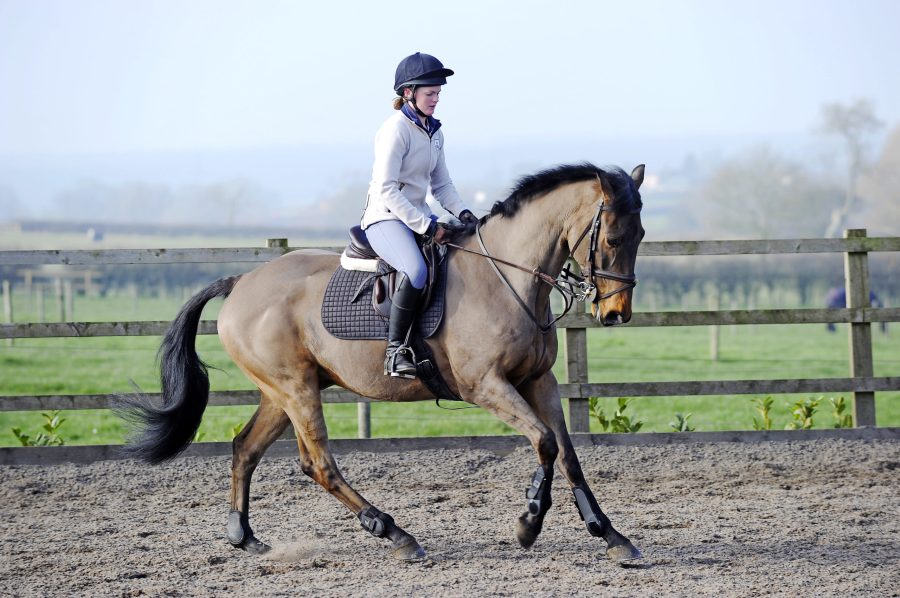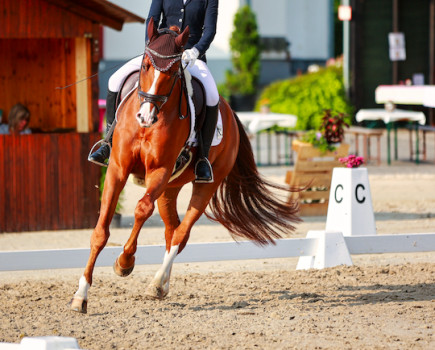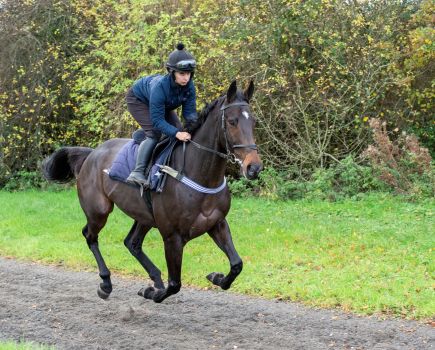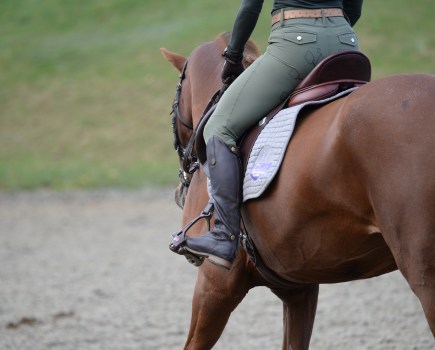Changing the rein in working canter with working trot between X and M is a popular movement it dressage tests, but can be tricky to nail. Judge and trainer Alex Gingell shares what judges are looking for when marking your test, and how to achieve it.
“It looks easy, but in reality, it’s not easy to do well,” says Alex. “We’re looking for a quality canter that’s well-balanced, round, connected and straight. As you ride across the diagonal the rhythm should remain even, with a fluent transition to trot halfway between X and M.
“The quality of the trot before you reach the track at M is also included in the mark, so this needs to be good to get a higher score.”
How to perfect this movement
- Ride deeply into the corner with a clear right bend through the body, maintaining the balance and connection. Then half-halt and straight as you come off the track at K.
- Breathe and focus on the quality of the canter, ensuring that the strides are even, the speed is constant and the frame of your horse is round and connected.
- Ensure that your canter doesn’t alter as you cross X.
- After X, ride a positive half-halt to balance and shift your horse’s weight onto his hocks.
- If you can perform a well-balanced and smooth transition exactly between X and M, then you’re likely to be given a high mark.
- To finish the movement, half-halt again as soon as you’re in trot.
- Breathe deeply and focus on the next movement.
What the judge doesn’t want to see
- Cutting the corner between A and K with the shoulder falling in
- Uneven canter rhythm as you ride the diagonal
- The transition to trot being too early or late
- An abrupt movement
- An unbalanced (usually on the forehand) trot to M
- Losing connection, hollowing and resisting
Meet the expert: Alex Gingell is a British Dressage list 4 judge and trainer. He and his wife Jayne founded and run Hack Up, an award-winning bespoke supplement company for horses.










